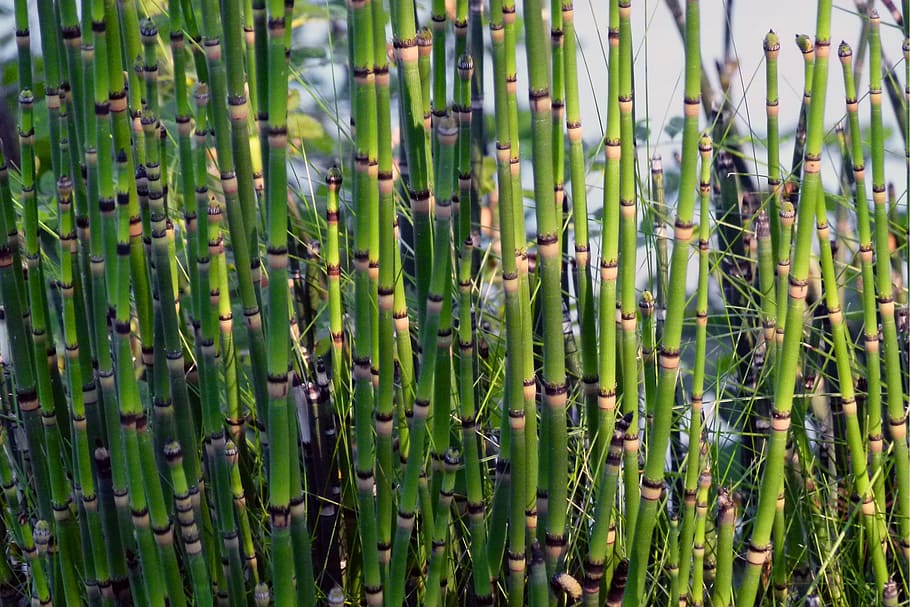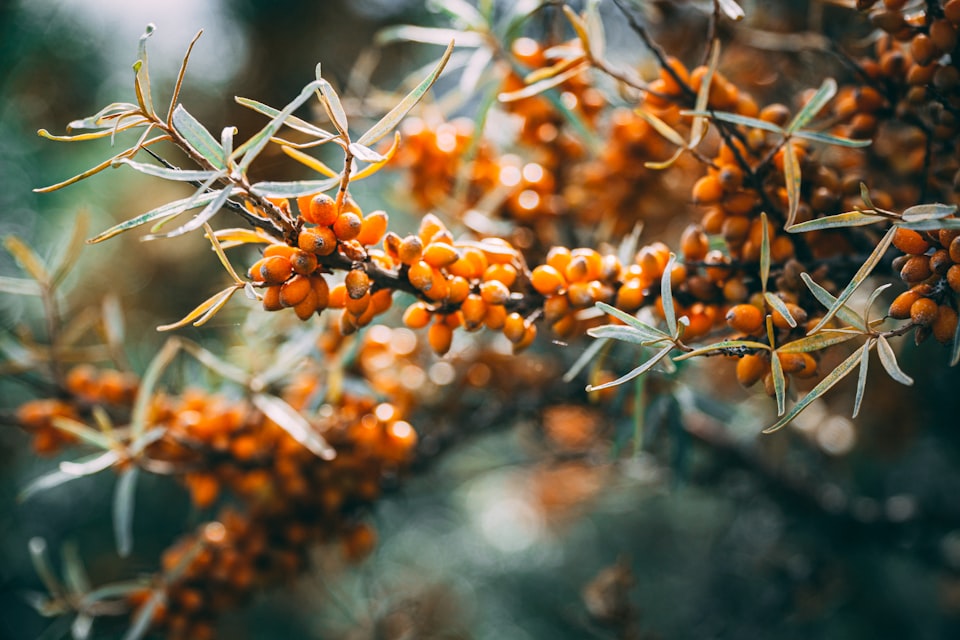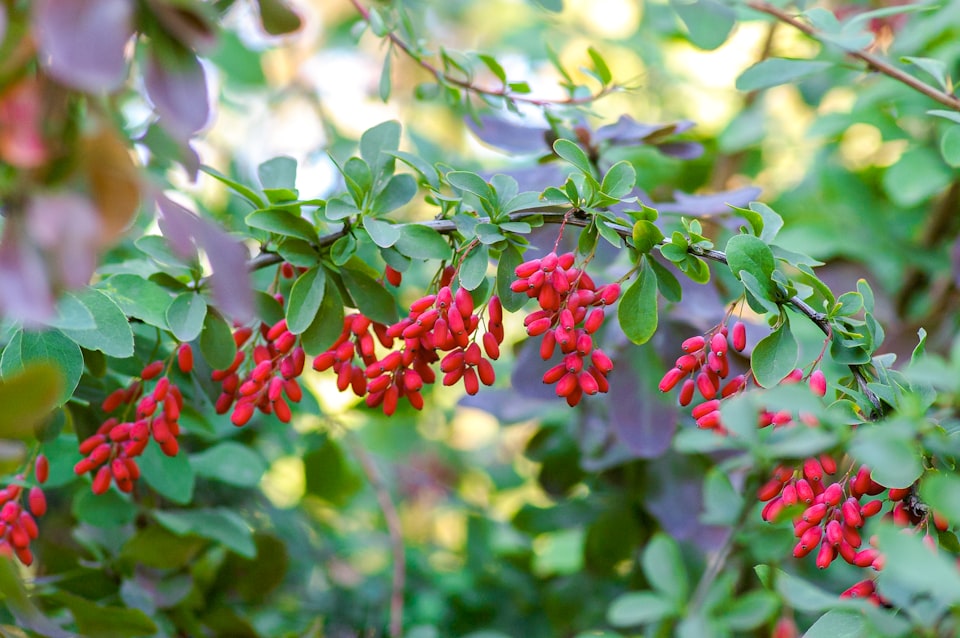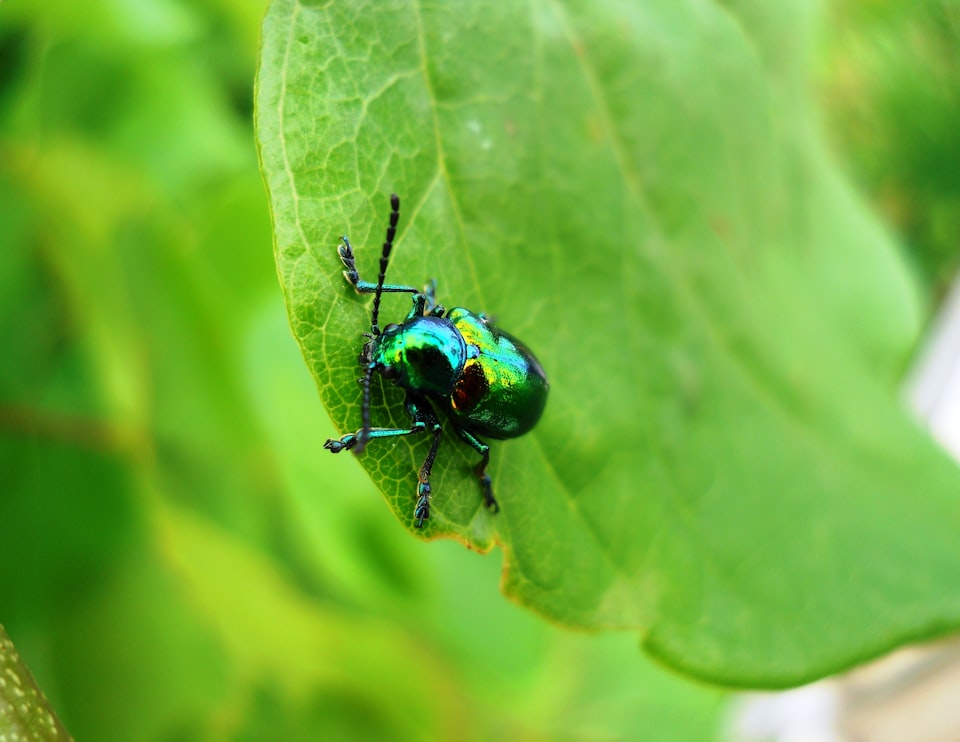VI: Horsetail
You can only rid your yard of horsetail on opposite day.

Good morning. Today is sextidi, the 6th of Thermidor, Year CCXXXI. We celebrate la prêle, a bamboo-like, fern-like living fossil.
💡
Horsetail is a genuine relic of the Paleozoic forests, and has the bizarre, difficult-to-classify propagation method to match. The tall, stiff leaves resemble bamboo in that they stack atop one another a growth cycle at a time, leaving remnants of the not-flower called a "strobilus" as they go, which makes those dark rings you can count to see how old-ish each horsetail is. To spread, the plant pulls out the entire toolkit of dinosaur plants, using both underground rhizomes to crawl around like modern grasses and fungus-style spores to spit baby horsetails all over the nearby ground. In this sense, the horsetail is the plant kingdom's version of a platypus, using every random evolutionary part it can to carve out a niche. Horsetail is more successful than platypuses in the sense that it's highly invasive, and one should be quite careful where they plant it, as it has no qualms completely taking over a plot of land and squeezing out any other plant that gets in its way.
I once thought I had asparagus in my backyard in Texas. Only now, reflecting back on my long war with the world's most stubborn plant, and after researching this issue of the newsletter, have I discovered that I was doing battle with a plant that was likely a primary diet for herbivorous dinosaurs, and that laughs at any attempts to murder it. Once you have horsetail, you're screwed.



